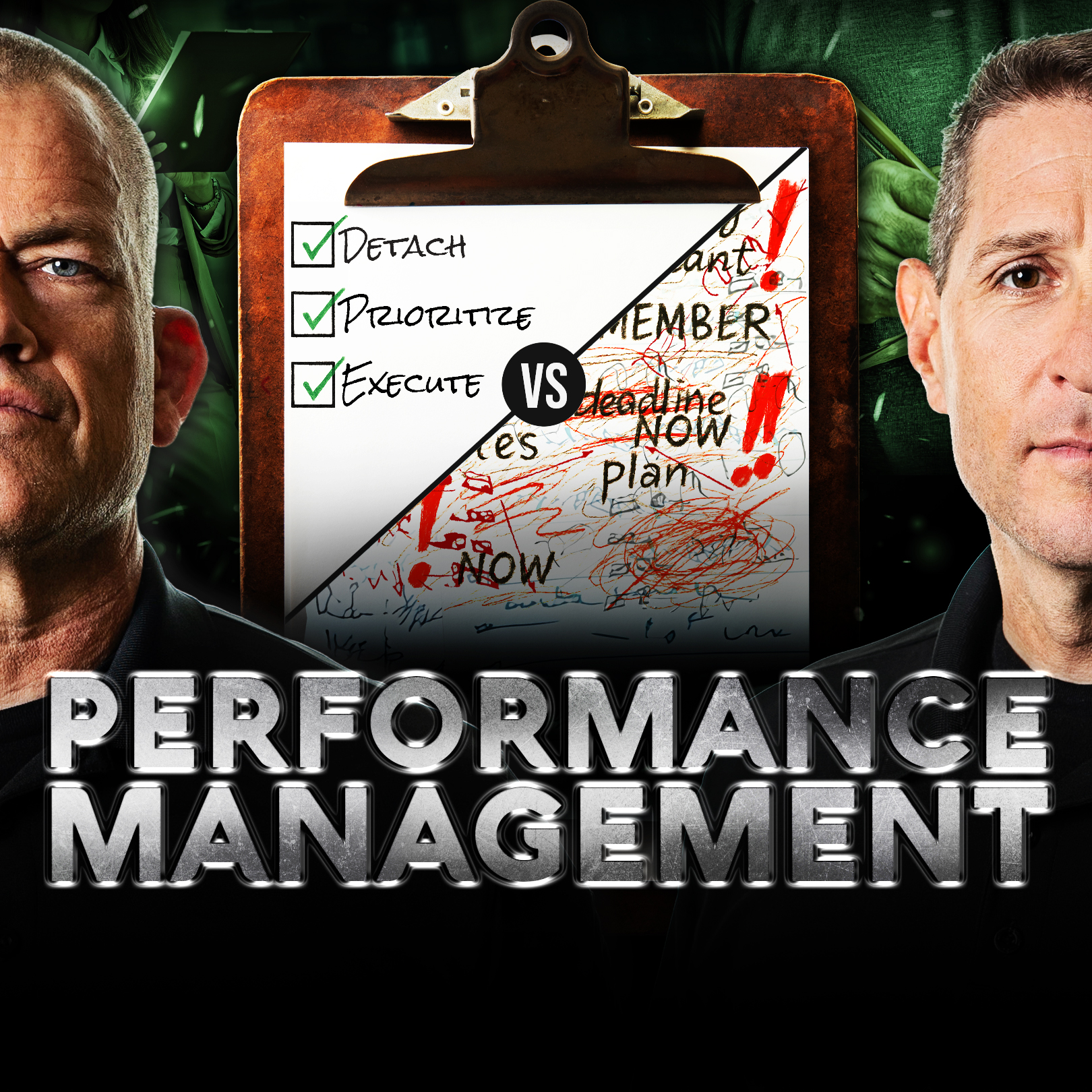In order for a team to reach its highest potential, every leader on that team must also be as effective and as skilled as they can possibly be. As a leader in a formal position in the chain of command, it is your responsibility to coach and train your people not only for the sake of the team, but also to help them realize the fulfillment of reaching their greatest potential by addressing any skills gap.
The most important piece of information to have on the battlefield, and at any point in life, especially when you are trying to improve a skill set, is where you are. On the battlefield, this is a simple assessment: you must identify where, physically, you exist on Earth. Luckily, in this day and age, there are a multitude of tools one can use to do this. GPS, maps, and landmark recognition, to name a few.
Where this task is more difficult is in identifying where we stand with improvements that we’d like to make for ourselves. As if that weren’t difficult enough, what is even more challenging is identifying where a completely different person is with respect to what they need to be able to do to best support the team, and where their skill gaps lie.
Five Steps to Help Identify Skill Gaps
How do we, as leaders, determine the skills gap of the people on our team such that we can help coach them to where the team needs them to be? Here are five steps in how to identify skills gaps:
- Build Relationships.
A large part of the need to identify skill gaps is the execution of the first Law of Combat, Cover and Move. By identifying and helping to improve the skills gap of the members of your team, you are doing your job as their leader by supporting them, which is what Cover and Move is all about. Subsequently, you will be helping them to also be able to support the team. At Echelon Front, we consider relationships to be paramount to Cover and Move. The only way that you as a leader can know the needs of another person is to have a good relationship with them. When you have a good relationship with someone, you can identify their needs and how they can best be coached and supported to fulfill those needs. Additionally, that person will feel more comfortable in communicating both those needs and methods that will help them most effectively. (Additional study: How to Build Relationships) - Provide Realistic Training.
In order for a person to make improvements in their skills, they absolutely must practice. Nobody ever got good at anything without practice. It is the responsibility of the leader to provide both formal and informal training opportunities to their team so that they can continue to get better. An added benefit of realistic training is that it is a safe environment for people to attempt certain things without the fear of failure. This true effort, when seen, can help you identify skill gaps that exist in that person’s repertoire. (Additional study: Training) - Give Them Ownership.
Despite the importance of practice and training, ultimately, it is simply preparation for the real thing. No war was ever won, no mission accomplished, no business built on the training ground. The skills that your team learns in practice must be applied in the real world. You can use the fourth Law of Combat, Decentralized Command, to help you further identify skill gaps. When you allow your team to take charge and lead on missions and tasks, they will necessarily have to apply their best effort in a real-world scenario to get the job done. As they come to you for guidance or as they run into problems, you can make notes and have a clearer picture of their skills gap. Note that you will want to use Iterative Decision-Making to gradually give them the right level of ownership that they are prepared to take. - Debrief.
As you identify skills gaps, it is vital to regularly debrief. Only through understanding the thought process and the steps taken to accomplish a task can you hope to guide and coach that person to improvements for the future. An added benefit of the debrief is that it will help you to identify all the mistakes that you yourself made that contributed to problems for your team members. Did you not explain the mission effectively? Did you give them a more difficult task than they were ready for? The list can go on. During a debrief, you will be able to recognize these issues in yourself so that you can more effectively dial in on the specific skills gaps of your team members. (Additional study: The Debrief) - Take Ownership.
As with everything in life, you must take ownership of the mistakes you make and the shortcomings you have that contribute to your team having skill gaps. You must take ownership of identifying these skills gaps and helping your team improve them. Any gap in skill that a member of your team has is your responsibility to correct for their sake and the team’s. (Additional study: Extreme Ownership)
Conclusion: Identify Skill Gaps So the Team Can Win
Constant improvement is vital for teams to be successful, accomplish the mission, and stay ahead of the competition. It is up to you as the leader to ensure that a culture of improvement exists. A large part of this is training, and a large part of training is identifying skills gaps and knowing what needs to be trained. Take ownership of this so that your team can accomplish the mission, lead, and win.



